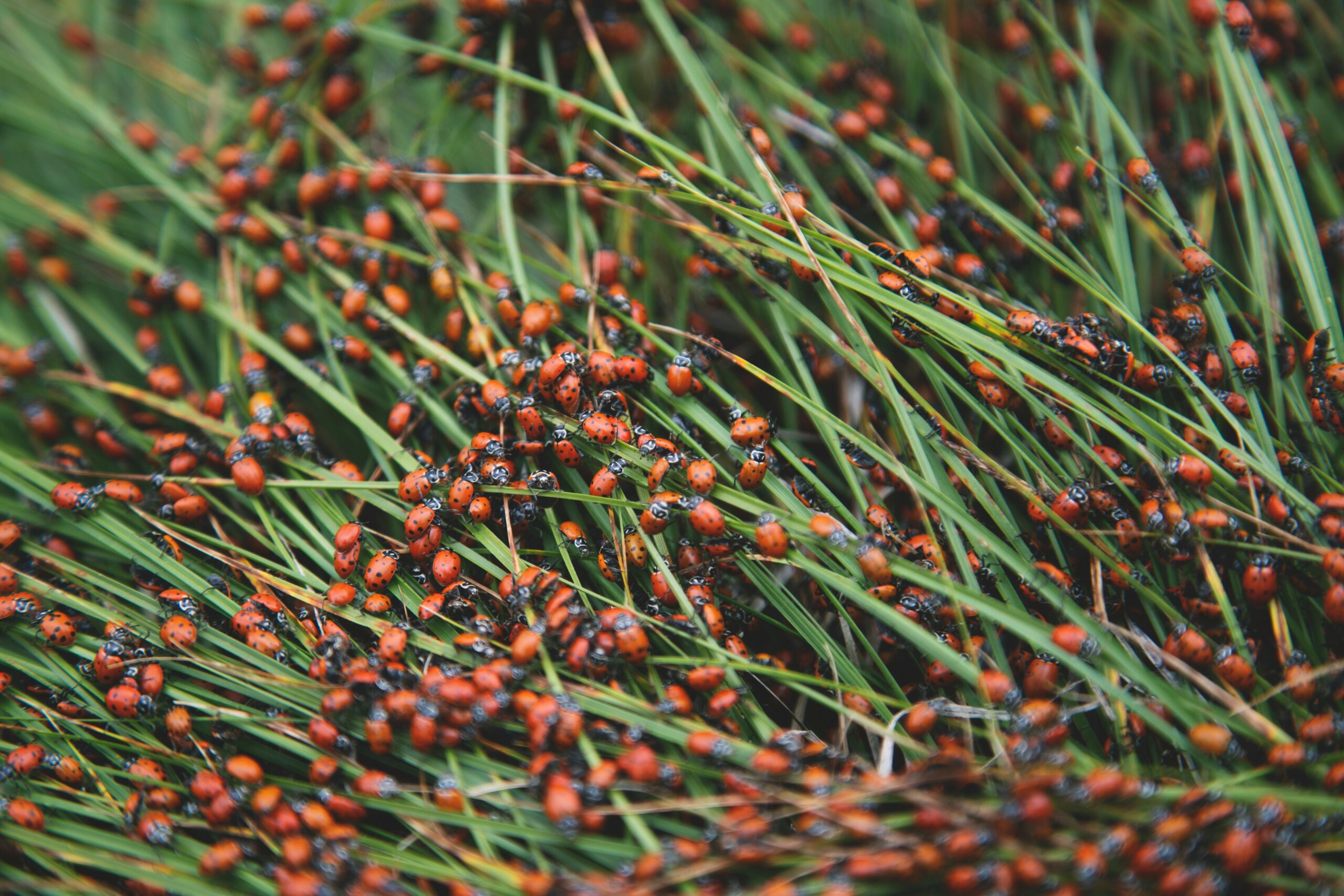Ladybugs, also known as ladybirds or lady beetles, are small insects that are widely recognized for their bright colors and distinctive spots. These beneficial insects are known for their voracious appetite for aphids and other garden pests, making them a welcome sight in many gardens.
When it comes to surviving the winter, ladybugs employ different strategies depending on the species and their geographic location. Some ladybugs migrate to warmer regions, while others hibernate or seek shelter in protected areas.
Migration is a common behavior among certain ladybug species. These ladybugs fly to warmer areas in search of food and suitable habitats. They may travel in large groups, known as aggregations, which can consist of thousands of individuals. These migratory ladybugs can cover long distances, often crossing state or even national borders.
On the other hand, many ladybug species hibernate during the winter months. They seek out protected places such as leaf litter, tree bark, or rock crevices where they can find shelter from the cold. Ladybugs enter a state of dormancy, known as diapause, during which their metabolic rate decreases significantly, allowing them to conserve energy and survive the winter.
During hibernation, ladybugs reduce their activity levels and rely on stored fat reserves for sustenance. They may also produce antifreeze compounds that help protect their bodies from freezing temperatures.
While ladybugs are resilient creatures, some may not survive the harsh winter conditions. Factors such as extreme cold, lack of food sources, or exposure to predators can contribute to their mortality. However, many ladybugs do manage to survive and emerge in the spring when temperatures rise and food becomes more abundant.
In conclusion, ladybugs employ various strategies to survive the winter, including migration and hibernation. While some may not make it through the cold season, many ladybugs are able to endure and continue their beneficial role in ecosystems and gardens.

I’m MD Tanvir, and I bring years of expertise gained from working closely with pest control companies to the forefront. My journey in the industry has inspired me to launch Bug Battler, a platform aimed at equipping people with the know-how to combat pests autonomously. Through Bug Battler, I aim to empower individuals with practical insights to tackle pest infestations effectively.

